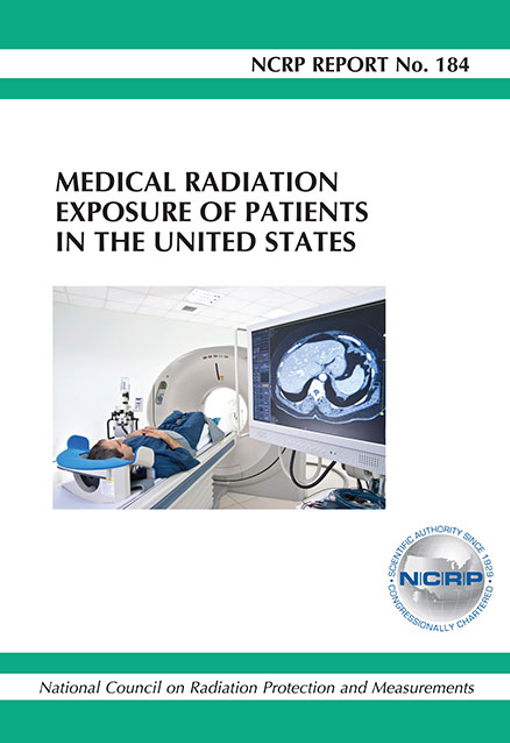
Medical Radiation Doses in U.S. Patients Decrease 15-20%: NCRP Report
In November 2019, the National Council on Radiation Protection and Management (NCRP) issued its first report in 10 years and examined radiation doses to patients from diagnostic and interventional medical procedures. The report focuses on 2016 doses to patients from medical exposures and does not include occupational doses and doses to caregivers.
“There was a substantial reduction, ~15-20% in nontherapeutic medical radiation dose, to the U.S. population in the decade between 2006 and 2016,” noted authors of the NCRP Report No. 184.
The Medical Radiation Exposure in Patients in the United States, a nearly 300-page report, was well-shared in trade press and social media, heralding the good news.

“The NCRP report demonstrates that medical radiation dose in the United States is on the decline, which is a positive shift from a decade ago when doses were increasing significantly,” said Mahadevappa Mahesh, PhD, MS, of Johns Hopkins University School of Medicine and co-chair of the scientific committee issuing the report. He spoke about the report and its significant findings at the 2019 RSNA meeting in Chicago.
“We know that the rise in CT scanning in the 1980s and 90s had a significant impact in medical radiation exposure. Yet, with equipment technological advances, Image Wisely® and Image Gently® programs, and radiology association attention, the dose exposures have been substantially reduced.

